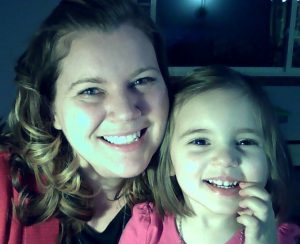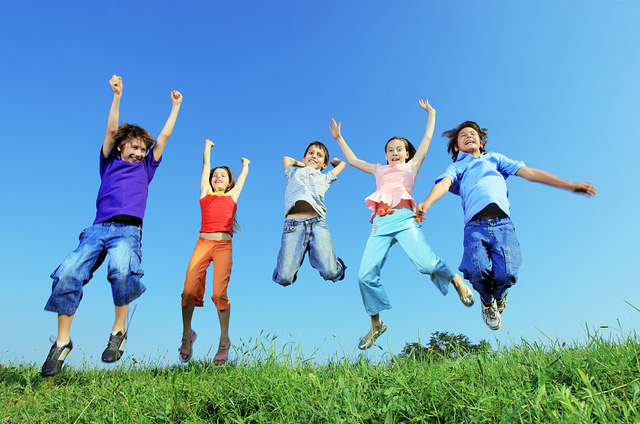This piece originally appeared on Connecticut Working Moms’ blog here.
Now that it’s Spring and warmer weather is on its way, there are some things to be aware of when it comes to purchasing products that are safe (non-toxic) for our families.
(Photo Credit: Lighttruth via photopin cc)
I am constantly shocked that there is little to no regulation of the chemicals used in our every day products and until that changes, it means that we as the consumers have to be diligent about researching what we buy. In truth, that’s basically impossible to do all of the time – we’re busy and it’s just not feasible to look up what’s in every single item we buy, so here’s my list of a few of the more important items to watch out for as you and your kiddos get ready for sunny afternoons playing outside.
Pesticides
I don’t know about your grass, but the grass in my neighborhood always look pretty crappy after the snow has melted. Usually that means we turn to treating our lawn with pesticides, but now that I have a child (one who STILL puts things in her mouth that she really shouldn’t), I’m much more aware of what we’re putting on our lawn. Pesticides have been linked to a wide range of human health hazards, ranging from short-term impacts such as headaches and nausea to chronic impacts like cancer, reproductive harm, and endocrine disruption.
And and then there’s this:
“Children are particularly susceptible to the hazards associated with pesticide use. There is now considerable scientific evidence that the human brain is not fully formed until the age of 12, and childhood exposure to some of the most common pesticides on the market may greatly impact the development of the central nervous system. Children have more skin surface for their size than adults, absorb proportionally greater amounts of many substances through their lungs and intestinal tracts, and take in more air, food and water per pound than adults. Children have not developed their immune systems, nervous systems, or detoxifying mechanisms completely, leaving them less capable of fighting the introduction of toxic pesticides into their systems.”
Ummmm, that is s.c.a.r.y. So if you’re interested in finding a safer alternative to traditional pesticides, just do a quick Google search for “toxic-free pesticides” and you’ll find some great products. If you’ve got a brand that has worked for you in the past and don’t want to change it, at least read this information from the Environmental Protection Agency (EPA) with tips about how to use pesticides safely.
Sandbox Sand
I admit there was a time I was completely oblivious that the play sand used in sandboxes often comes with a cancer warning label on it. I mean really? Isn’t sand just sand? Apparently not. Back in 2012 our blogger Dena wrote a great piece about the dangers of toxic play sand and it blew my mind. Read her post for all the details – she includes ways to avoid this problem, including information about purchasing your sand from your local landscaping companies that sell river sand and/or beach sand.
OK mamas, I know this toxic chemical stuff can get overwhelming. The reality is that just because a product is available on a shelf, that doesn’t mean it’s undergone safety testing and as a result, toxic chemicals (chemicals known to cause cancer, impact the immune system, disrupt hormones etc.) are commonly found in our body products. If you’re going to change one thing this Spring/Summer when it comes to using a safer body product for your kids, pick sunscreen. We slather our kids up with it and put it all over their bodies, all season long – so pick a brand that’s safe. The good news is that The Environmental Working Group (EWG) has a wonderful guide to safer sunscreens so all you have to do is click over to their website and find one that works for you!
Hope you found these tips helpful (and not too scary). Here’s to a toxic-free season for all!
About the Author
 Michelle Noehren is the founder & manager of CTWorkingMoms.com. She lives in Hartford County with her husband Dan and toddler Lillian. She believes in equality, kindness and compassion and tries to let those beliefs guide her daily life.
Michelle Noehren is the founder & manager of CTWorkingMoms.com. She lives in Hartford County with her husband Dan and toddler Lillian. She believes in equality, kindness and compassion and tries to let those beliefs guide her daily life.
Michelle’s tip for other working moms: “It can be really easy to lose yourself in motherhood. Remember to do things that remind you of the person you are, separate from your children.”
This piece originally appeared on Connecticut Working Moms‘ blog. See the original piece here and check out more of Michelle’s content here!




